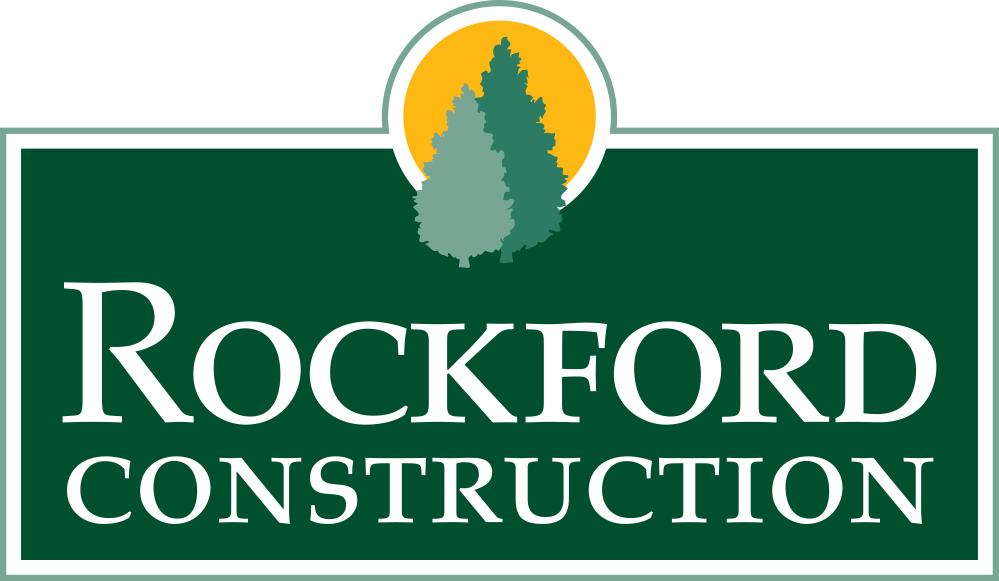
Answers To All Your HUD-Insured Building Construction Questions
Are you a real estate investor or a multifamily home builder seeking clarity on HUD-insured building construction? Look no further! This blog will tackle all your burning questions and dive into HUD-insured projects’ intricacies.
Get ready to unlock valuable insights that will empower your investment strategies and set you on the path to building a successful HUD-insured project.
What is HUD?
The United States Department of Housing and Urban Development (HUD) was created on September 9, 1965, as part of President Lyndon B. Johnson’s War on Poverty initiative. The purpose of HUD was to allow the federal government to play a significant role in tackling urban problems, including substandard and deteriorating housing.
Today, HUD remains a vital government entity, offering mortgage insurance for multifamily housing projects that fulfill specific requirements.
HUD insurance encompasses housing initiatives such as new developments, rehabilitation projects, and refinancing options. The advantages of participating in HUD-insured construction projects involve reduced interest rates, extended loan durations, and increased loan-to-value ratios.
HUD collaborates with real estate investors and developers to support the creation of both single and multifamily rental properties by supplying mortgage insurance for qualifying projects. To be considered for HUD insurance, a project must comply with particular criteria based on location and affordability.
In summary, HUD-insured building construction is a valuable program designed to stimulate the growth of reasonably priced rental housing. It achieves this by granting developers access to more cost-effective financing opportunities, provided the multifamily housing projects satisfy the necessary prerequisites.
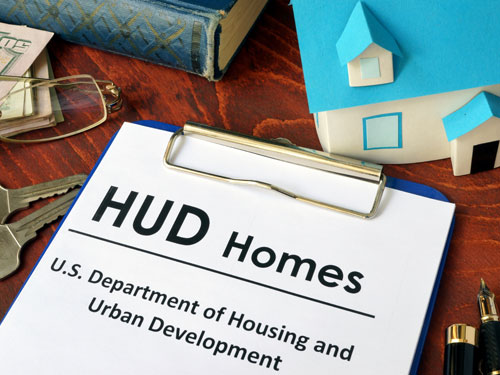
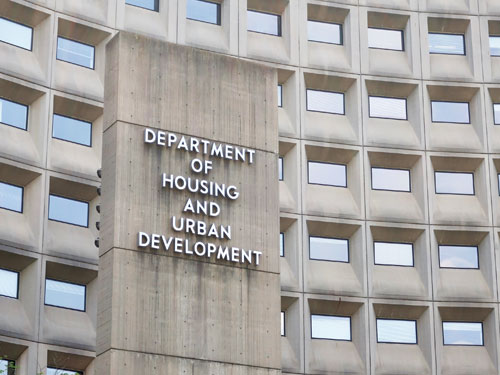
What is HUD-insured building construction?
HUD-insured building construction is building construction that is insured by the US Department of Housing and Urban Development (HUD). HUD provides insurance to protect lenders from losses resulting from mortgage defaults for multifamily housing projects.
The insurance commonly utilized in the construction of apartment complexes, condominiums, and nursing facilities is HUD-insured construction loans. These loans are supported by the Federal Housing Administration (FHA), which guarantees the loan and compensates the lender in case of a default.
Moreover, HUD insurance can be applicable for other building construction projects like single-family homes, provided that they adhere to HUD’s established standards. Consequently, HUD-insured construction is an excellent financial resource, assisting developers in obtaining the necessary funds for their projects.
What are the benefits of constructing a HUD-insured building?
The primary advantage of constructing a HUD-insured building lies in the financial security it offers to both owners and developers. With a HUD-insured loan, these stakeholders can maintain confidence in protecting their financial investments should a default occur.
Furthermore, buildings insured by HUD hold a higher appeal for prospective buyers and tenants due to the assurance of well-constructed and secure structures. This quality guarantee draws a larger number of interested parties, thereby enhancing the property’s worth.
Moreover, HUD-insured properties offer a range of benefits to their occupants. HUD-insured properties are constructed following strict safety regulations and are subject to regular compliance inspections. These buildings foster a secure environment for all residents.
HUD-insured buildings may offer more competitive prices and better financing options than non-HUD-insured buildings, making them more attractive to potential buyers and renters.

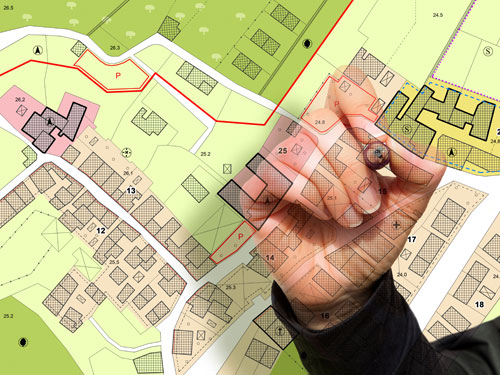
What are the requirements for HUD-insured building construction?
Requirements for HUD-insured building construction include meeting applicable building codes, obtaining all necessary permits, and providing proof of project completion to HUD. Additionally, HUD will inspect the building upon completion to make sure that it meets its standards.
The U.S. Department of Housing and Urban Development (HUD) establishes the criteria for HUD-insured building construction. In order to be eligible for HUD insurance, every building must adhere to HUD’s minimum property standards, which encompass design, construction, and material guidelines.
These standards guarantee that all HUD-insured buildings maintain structural integrity and have a habitable living environment.
In addition to meeting HUD’s minimum property standards, HUD-insured buildings must also meet any applicable local building codes as well as HUD’s environmental and safety requirements.
The purpose of these requirements is to preserve the well-being and security of both the building’s occupants and the neighboring community. All HUD-insured buildings must undergo an inspection by a HUD-certified inspector to confirm compliance with the established standards.
What are the different types of HUD-insured buildings?
The U.S. Department of Housing and Urban Development (HUD) can insure various buildings, encompassing multifamily residences, single-family homes, manufactured houses, condominiums, cooperative housing, and senior living facilities.
Each building category adheres to distinct rules and regulations established by HUD, ensuring a professional and informative approach in the housing sector.
Multifamily dwellings are typically large apartment complexes that are financed with HUD-insured mortgages. These buildings are subject to specific guidelines to remain eligible for insurance.
Single-family homes are also eligible for HUD-insured mortgages and must meet certain guidelines to remain eligible. HUD may also insure manufactured homes but must meet certain standards related to their construction.
Condominiums and co-ops are also eligible for HUD-insured mortgages and must meet certain standards to remain eligible. Each building type has its rules and regulations that must be followed to stay eligible for HUD-insured mortgages.
Senior residences can qualify as HUD projects. For 55-and-over communities to be eligible for HUD senior housing support, they must satisfy three additional requirements.
First, at least 80% of the units must have one occupant who is older than 55. Second, the community must publish policies and demonstrate its intention to be a 55-and-over community. Third, the community must comply with HUD’s regulatory requirements for the age verification of residents.
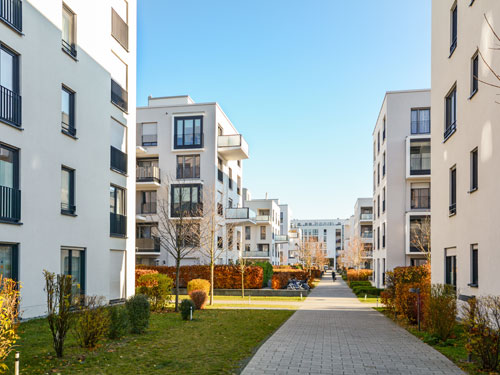
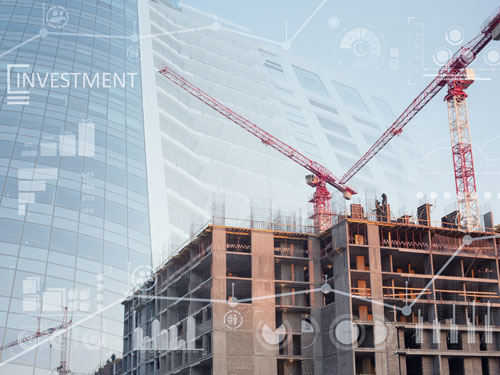
What is the initial cost associated with building a HUD-insured building?
The initial cost associated with building a HUD-insured building depends on the size, type, and geographical location. The cost of construction materials, labor, and land acquisition are all considered when determining the cost.
Apart from the construction expenses, supplementary costs involved in the building process – such as inspection fees and charges for HUD-insured mortgages – must also be considered. Depending on the project’s specifics, these additional expenditures may vary from a few hundred to multiple thousands of dollars.
Collaborating with a competent lender is crucial to ascertain that all the associated costs have been factored in before starting the project.
What is the process for obtaining a HUD-insured loan?
The process for obtaining a HUD-insured loan starts with finding a lender approved by the Department of Housing and Urban Development (HUD). Most banks, credit unions, and mortgage companies are HUD-approved lenders, and they can walk you through the process.
The subsequent action entails completing the HUD-1 form, a standard document required for all HUD-insured loan applications. This form requests your income, assets, liabilities, and other financial details.
Once the form is submitted, the lending institution will assess your application and credit history to establish your eligibility for the loan. If all prerequisites are satisfied, the lender will approve the loan, which HUD will insure.
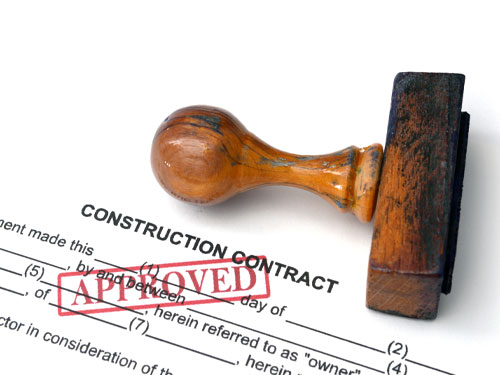

What is the timeline for completing a HUD-insured building project?
The time required to complete a HUD-insured construction project depends on its intricacy. Completion time can range from six to twelve months, ensuring the project’s thorough execution.
A comprehensive evaluation and endorsement by HUD are required throughout the project’s progression. This entails an in-depth project proposal, budget, and schedule analysis. This assessment process can vary from several weeks to months, depending on the project’s intricacy.
Following HUD’s approval, the project proceeds according to the initially submitted timeline. Upon completion of construction, HUD must conduct an inspection and certification of the project before it can be considered finalized.
Are there any special inspections or certifications needed for HUD-insured buildings?
Yes, for a building to be HUD-insured, it must meet certain standards. For example, HUD requires a building to pass an inspection to ensure it meets its minimum standards for safety and habitability. The assessment must be conducted by a certified inspector whom HUD approves.
Furthermore, the Department of Housing and Urban Development mandates that all structures participating in their insurance programs must obtain certification from an independent third-party inspector. Such certification verifies that the building adheres to all relevant construction and safety regulations.
In certain instances, additional certifications, including building materials or energy efficiency standards, may be necessary. The requirements for HUD-insured buildings differ based on the structure’s classification and proposed function.
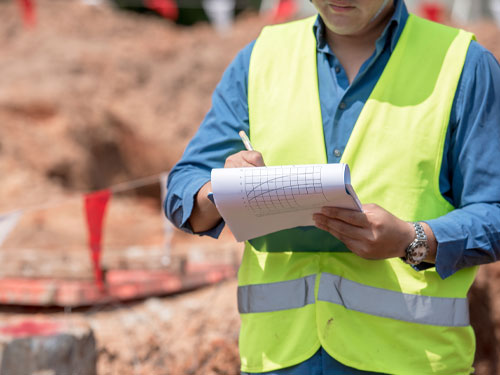

How does the quality of construction for a HUD-insured building compare with that of a conventional building?
Compared to conventional buildings, HUD-insured structures are subject to more rigorous construction quality due to the specific design, construction, and safety regulations mandated by the Department of Housing and Urban Development. This ensures a higher standard of building quality for HUD-insured properties.
The set standards aim to guarantee the safety and durability of a building for its inhabitants. Buildings insured by HUD are required to utilize higher-quality materials than conventional buildings.
Moreover, HUD-insured buildings must be inspected to verify compliance with the established HUD guidelines.
On the other hand, conventional buildings do not adhere to the same design, construction, and safety specifications as HUD-insured structures. Consequently, the quality of a conventional building’s construction is subject to the builder’s criteria.
In addition, conventional structures are frequently built using materials of lesser quality than those in HUD-insured buildings. As such, the construction quality of HUD-insured buildings tends to surpass that of conventional buildings.
Are there any tax benefits for constructing a HUD-insured building?
Indeed, specific tax advantages are associated with the construction of HUD-insured buildings. Depending on the building classification, the developer may qualify for various tax credits, deductions, and incentives. For instance, the Low-Income Housing Tax Credit (LIHTC) program offers tax credits to developers involved in certain rental housing projects aimed at serving low-income households.
Moreover, HUD-insured properties may qualify for construction and enhancement expenditure deductions. These tax deductions can substantially decrease the overall expenses of developing a HUD-insured facility, rendering it a more attractive investment opportunity.


Ready to Build?
To learn more about HUD-insured building projects, speak with the team of professors at Rockford Construction. With decades of experience in multifamily construction and renovation, they have the knowledge and expertise to help you get your project done right the first time.

